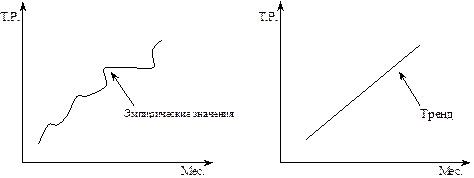THE ARTICLE. The article presents the student with one of the most difficult and intricate problems of language structure
The article presents the student with one of the most difficult and intricate problems of language structure. Although a great number of philologists have treated the article both in English and in other languages, it will be only fair to say that even the most essential points concerning the theory of the articles still remain doubtful. In embarking now on a study of the Modern English article, we should first of all eliminate those problems which are of no real scientific interest, though they have been occasionally discussed. Thus, we will not dwell on the problem whether the article is a separate part of speech, since neither an affirmative nor a negative answer would in any way affect the really relevant questions concerning the article. We have not included the article in our list of parts of speech; but this should not be taken to mean that it cannot be included in that list. The problem is irrelevant. Another problem, which, though not irrelevant, appears to have been frequently misstated, is this: is the article a word or a morpheme? It has been solved in different ways by different authors. There would always be some argument in favour of the article being a separate word, and some argument to show that it was a morpheme. 1 This kind of approach, however, does not seem to be the right one. It would mean that we start examining the article, a very peculiar phenomenon, with ready-made notions of what a word and what a morpheme is. Instead we should first study the article as it actually exists and functions in the language, and only then see whether it will fit into any ready-made category. It may well happen that it will not; then we shall have to face the situation and take it for what it is worth. With respect to the article we must state, in the first place, that there are languages which have no article. Besides Russian and most other Slavonic languages, the Latin language belongs here. Ancient Greek had only one article — the definite one. Many languages (Italian, Spanish, German, Swedish, etc.) have two articles — the definite and the indefinite. As far as its form is concerned, the article is usually a separate unit which may be divided from its noun by other words, chiefly adjectives. However, in certain languages the article may also be a morpheme attached to the noun as a kind of suffix. 1 This applies to Modern English. In speaking of the German language, it would be impossible to assert that the article was a morpheme, since it is declined and, therefore, every form of it consists of two morphemes, e.g. genitive singular neuter d-es, as distinguished from the nominative and accusative d-as. 50 The Article
|

 This is the case, for instance, in Bulgarian, where we find such formations as селото 'the village', литiята 'the line', etc. The same may be said of Rumanian, e. g. universul 'the universe', curentul 'the courier', etc., where -l is the definite article corresponding etymologically to French le, Latin ille. A suffix article is also found in Swedish; compare, e. g., dag 'day', dagen 'the day'; rum 'room', rummet 'the room'. Alongside of this suffix article Swedish also has an article separate from the noun, as in den 'the'. The fact that a suffix article exists in several languages must of course be taken into consideration in a general theory of the article.
This is the case, for instance, in Bulgarian, where we find such formations as селото 'the village', литiята 'the line', etc. The same may be said of Rumanian, e. g. universul 'the universe', curentul 'the courier', etc., where -l is the definite article corresponding etymologically to French le, Latin ille. A suffix article is also found in Swedish; compare, e. g., dag 'day', dagen 'the day'; rum 'room', rummet 'the room'. Alongside of this suffix article Swedish also has an article separate from the noun, as in den 'the'. The fact that a suffix article exists in several languages must of course be taken into consideration in a general theory of the article.


